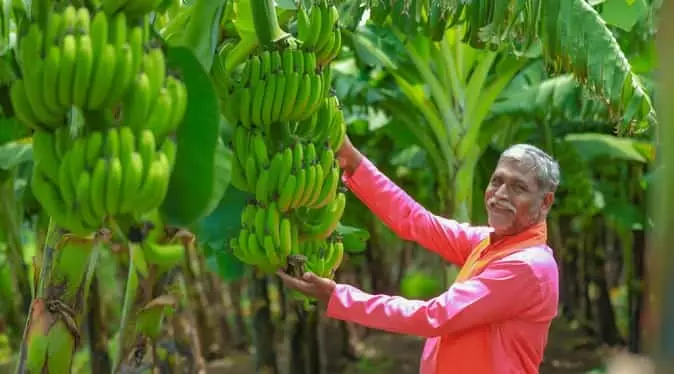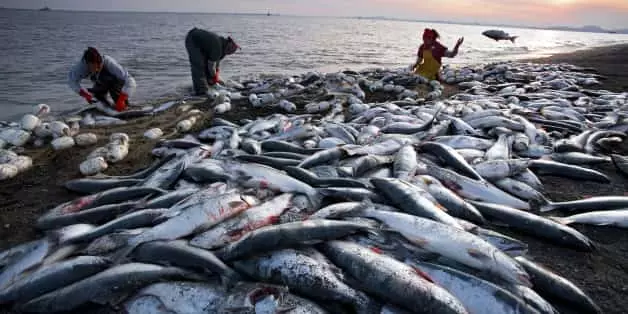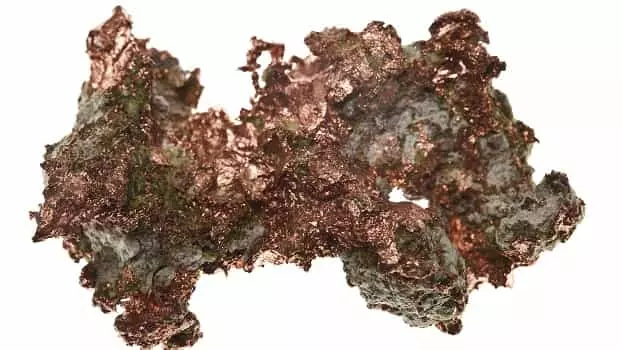Sunflower oil is among the most popular edible oil in the entire world, thus many countries all across the world promote the cultivation of sunflower on their own soil. It is a fact that every part of a sunflower plant is useful in some way, for example, seeds can be consumed, or can be used to extract edible oil, whereas the rest of the plant can be used to feed domestic animals. After harvesting the seeds, farmers normally choose to crush and chop up sunflower plants and sprinkle them over the fields to recycle the nutrients back into the earth. The separated sunflower seeds are sold in local or worldwide markets in their natural state.
However, some oil processing companies buy sunflower seeds to further process and extract sunflower oil. That was the information about the cultivation and further processing of sunflower seeds. Now let’s take a look at the nutritional and health benefits of consuming sunflower seeds as well as oil. Seeds can be consumed raw, and after roasting them as an alternative to healthy snacks. And sunflower oil is widely used in households all across the world for cooking.
Studies have shown that by consuming sunflower oil and seeds, you can boost your energy levels, and it is also good for your heart health. Thus the demand for seeds as well as sunflower oil is insanely high in the global market. You may have noticed the recent spike in the price of sunflower seeds and oil, that is because some countries’ sunflower production is on a decline. And today we will be focusing on the sunflower production side of things.

Top Countries for Sunflower Production in World
Here we will be taking a look at the top 10 largest producers of sunflowers in the world. So let’s get down to it then.
1. Ukraine

You may be wondering why Ukraine is still holding the first rank on the list of the largest producers of sunflower seeds in the world. Right? Well, that is because we aren’t talking about the data for the 2022-23 fiscal year because that data isn’t out yet. Since this list is based on the data for 2021-22, therefore Ukraine still holds the title of the largest sunflower producer in the world. In 2021-22, Ukraine managed to produce well over 17.5 million metric tonnes of sunflower seeds. But there is a serious war situation going on between Ukraine and Russia, therefore it will impact all the industries in Ukraine. And as per the experts, it is estimated that Ukraine will only produce anywhere between 10 to 10.5 million metric tonnes of sunflower seeds. Because the largest producer of sunflower seeds is on a decline in terms of production amount, therefore the global market has seen a price hike in raw sunflower seeds and sunflower oil trades.
- Read This Also: Top 10 Leading Flower Production Countries In The World
2. Russia
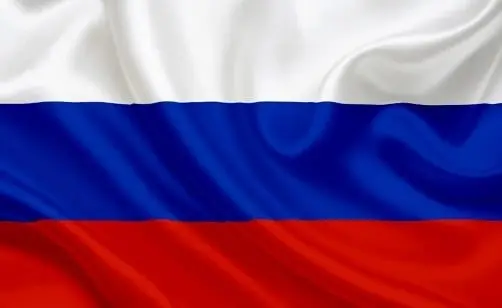
There is no impact on sunflower production in Russia this year, and it will continue to increase steadily in the coming years. Within just five years or so, Russia has almost doubled the production of sunflowers. However the year 2020-21 was a little slow, but this year Russia managed to produce around 15.57 million metric tonnes of sunflower seeds. According to the experts, Russia’s sunflower production will surpass the 20 million metric tonnes mark within 4 or 5 years. The next year’s estimate is around 17 million metric tonnes of sunflower seeds, which would be the highest produced yield by Russia yet.
Also see: How To Start A Flower Business In India
3. Argentina
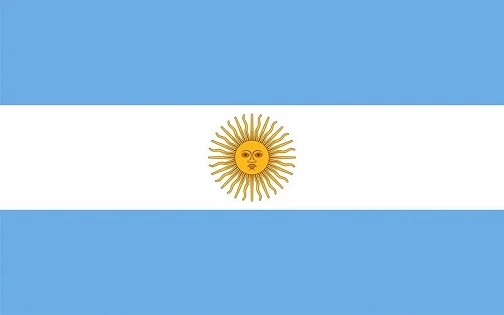
Russia and Ukraine are the biggest producers of sunflower seeds in the world, however, there are other countries like Argentina, China, Romania, and other European Union countries that add up a significant amount to the world’s total sunflower production. It is true that after the second rank, sunflower production decreases significantly because these lower-rank countries don’t have suitable soil types and climate conditions like Russia and Ukraine. Still, Argentina managed to produce well over 3.35 million metric tonnes of sunflower seeds this year. And the production amount is expected to increase steadily in the coming few years by a few percent every fiscal year.
4. Romania

You may not see Romania’s name on any other list about sunflower production on the web, that is because Romania and other countries on our lists are considered to be part of the European Union. Because our post is all about the sunflower seeds produced by each individual country, thus we are listing Romania on our list today. Romania is for sure the biggest contributor to the European union’s total sunflower seeds production. And this country has been somewhat consistent in producing sunflowers every fiscal year. For example, in the year 2021-22, Romania produced well over 3.31 million metric tonnes of sunflower seeds which are highly likely to increase by a few thousand tonnes in the next fiscal year.
5. China
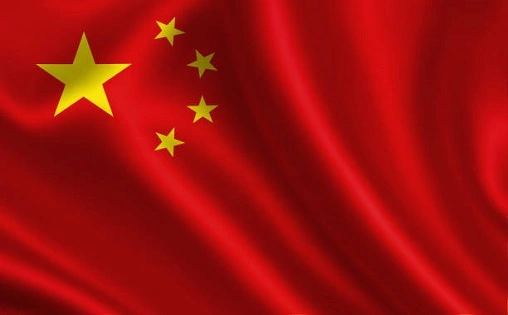
China is among the largest sunflower seed oil consumers in the world. And to keep up with such high demand, China doesn’t just import all of the sunflower seeds and already refined oil from other nations, but it has a sustainable sunflower cultivation sector. China has been consistently producing 2 to 3 million metric tonnes of sunflower seeds every year for the last decade or so. In 2017 and 2018, China has already surpassed the 3 million metric tonnes mark, but the production dipped quite a lot in the coming years. However the sunflower farming sector is back on track, and it is about the cross 3 million metric tonnes mark once again. Talking about current year’s data, this year, China produced well over 2.9 million metric tonnes of sunflower seeds.
6. Bulgaria
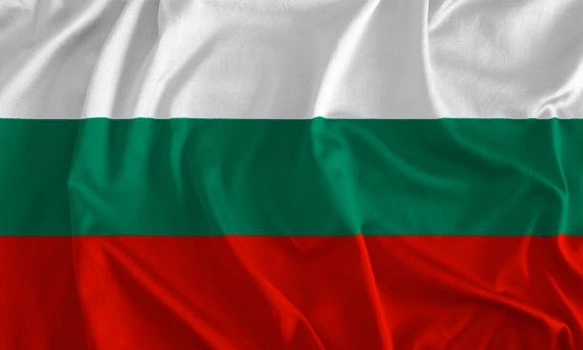
Similar to Romania, Bulgaria’s sunflower production is usually associated with the European Union. After Romania, Bulgaria is the second largest contributor to the total sunflower production of the European Union. In just five years or so, Bulgaria has pumped up sunflower production to meet the local as well as global demand. Thus you’d notice that Bulgaria’s sunflower production increases by a few percent every year. In the current fiscal year, Bulgaria has managed to produce around 1.98 million metric tonnes mark, and it will for sure surpass the 2 million metric tonnes mark next year.
7. Hungary
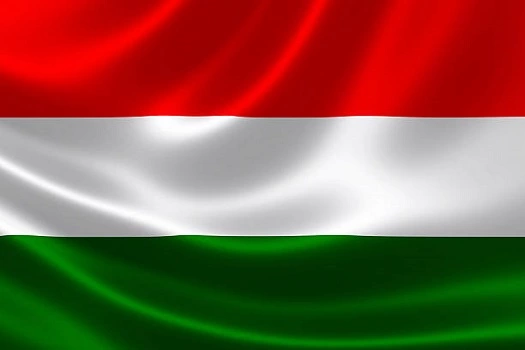
Hungary is not very far behind in terms of sunflower production compared to Bulgaria. That is the reason, the 6th, 7th, and 8th rank on this list usually changes or fluctuates a lot every year. Hungry is known as the third largest contributor to the total sunflower production amount of the European Union. Similar to other European Union countries, Hungary’s sunflower production is increasing steadily every year. And it is estimated that in 2023-24, Hungary will surpass the 2 million metric tonnes mark pretty easily. Talking about the data from 2021-22, Hungary managed to produce around 1.89 million metric tonnes of sunflower seeds this year.
8. France

France is the fourth European Union member on our list today, and it is also the fourth-largest contributor to the total sunflower production of the European Union. Similar to Hungary, Bulgaria, and Romania, France also has been quite consistent in producing consistent sunflower seeds production every fiscal year. In 2021-22, France managed to produce well over 1.84 million metric tonnes of sunflower seeds, which is highly likely to increase next year.
9. Turkey

According to many experts, Turkey is about to make a huge jump on the list of the largest producers of sunflowers in the world. As of now, Turkey’s sunflower seeds production is just around 1.75 million metric tonnes. You may see Turkey ranking up this list by 2025 because the total sunflower seeds production is expected to go beyond 2 or 2.5 million metric tonnes in one fiscal year.
10. The USA

The demand for sunflower oil and raw seeds is increasing in the United States year by year. That is primarily because people are not attracted to the health benefits of sunflower oil and eating raw sunflower seeds. Thus the USA doesn’t just completely rely on other nations for sunflower oil and seeds, there is a decently large sunflower farming sector that exists in the USA. Which has been producing an average of 1 million metric tonnes of sunflower seeds every fiscal year for the last decade or so. The current year’s data shows that the USA has produced around 864 thousand tonnes of sunflower seeds, which will increase to 1.32 million metric tonnes next year.
Conclusion
Now you have a clear understanding of which countries or nations are responsible to keep up with the rising demand for sunflower seeds and oil in the global market. If sunflower production declines in one nation, the impact of that can easily be seen in the global market as the price hikes.
Sunflower Production FAQs
Q. What is the primary use of sunflowers in terms of production?
Ans: Sunflowers are primarily grown for their seeds, which are rich in oil. Sunflower oil is a widely used cooking oil and is also used in the production of various food products. Sunflower seeds are also consumed as snacks, and the plant is sometimes cultivated for ornamental purposes.
Q. What are the key factors influencing sunflower production?
Ans: Sunflower production is influenced by factors such as climate, soil conditions, pest control measures, and agricultural practices. Adequate sunlight, well-drained soils, and proper management of pests and diseases contribute to successful sunflower cultivation.
Q. How is sunflower oil extracted from the seeds?
Ans: Sunflower oil is typically extracted from the seeds through a process called pressing. The seeds are cleaned, roasted, and then pressed to extract the oil. The extracted oil undergoes refining processes to remove impurities and ensure quality.
Q. What are the main challenges faced by sunflower producers?
Ans: Sunflower cultivation may face challenges such as susceptibility to certain pests and diseases, varying climatic conditions, market fluctuations, and the need for sustainable farming practices. Additionally, competition with other oilseed crops can impact sunflower production.
Q. Is sunflower production environmentally friendly?
Ans: Sunflowers are considered a relatively environmentally friendly crop. They have a lower environmental impact compared to some other oilseed crops. However, like any agricultural activity, there are environmental considerations, including the use of fertilizers and pesticides.
Q. How has the global sunflower production trended over the years?
Ans: Sunflower production has shown fluctuations over the years due to factors such as weather conditions and market demand. Generally, the global production has seen an increasing trend, driven by the growing demand for sunflower oil and its by-products.
Q. What are the different varieties of sunflowers grown worldwide?
Ans: There are various sunflower varieties cultivated globally, each with specific characteristics suited for different purposes. Varieties can be classified based on oil content, size of the flower head, and maturity period. Hybrid varieties are also common in sunflower cultivation.
Q. How is the sunflower industry addressing sustainability concerns?
Ans: The sunflower industry is increasingly adopting sustainable practices, including efficient water use, integrated pest management, and crop rotation. Some producers are also exploring organic farming methods to minimize the environmental impact of sunflower cultivation.
Q. What is the economic significance of the sunflower industry?
Ans: The sunflower industry contributes significantly to the global economy. It provides income and employment opportunities for farmers, and the products derived from sunflowers, such as oil, seeds, and meal, contribute to the food and feed industries worldwide.

